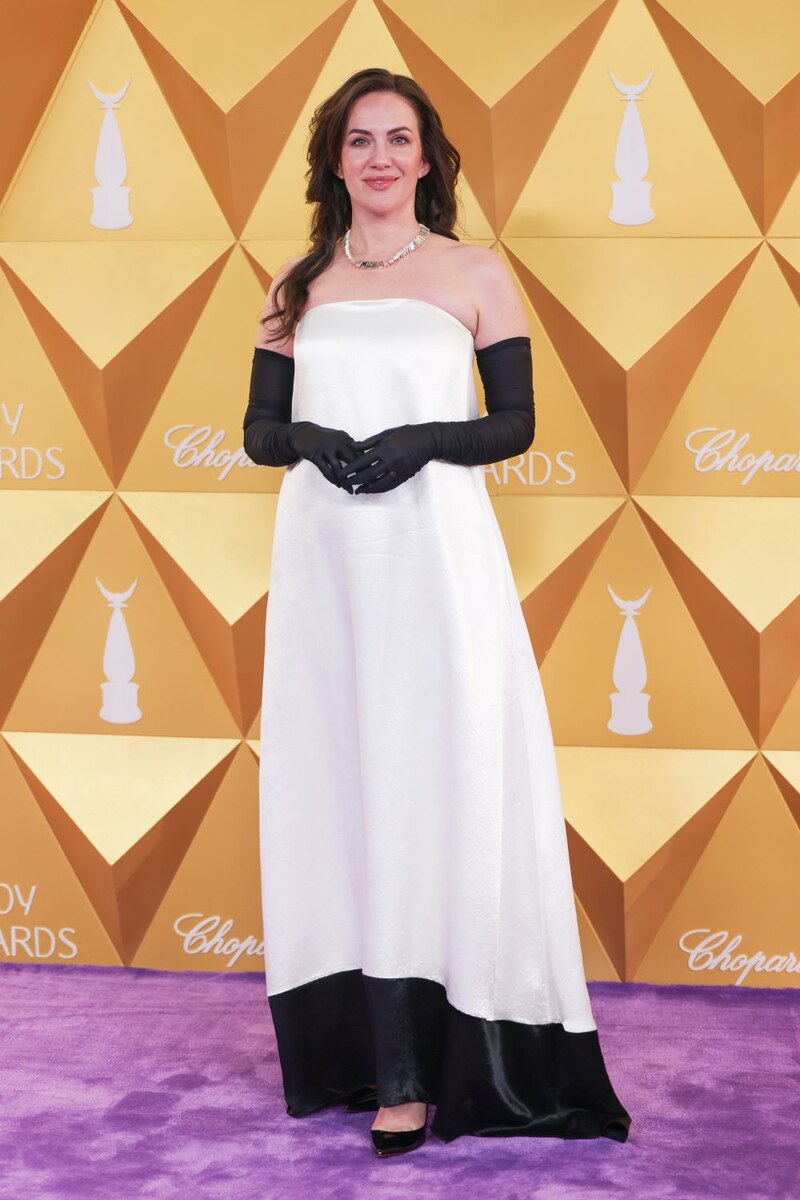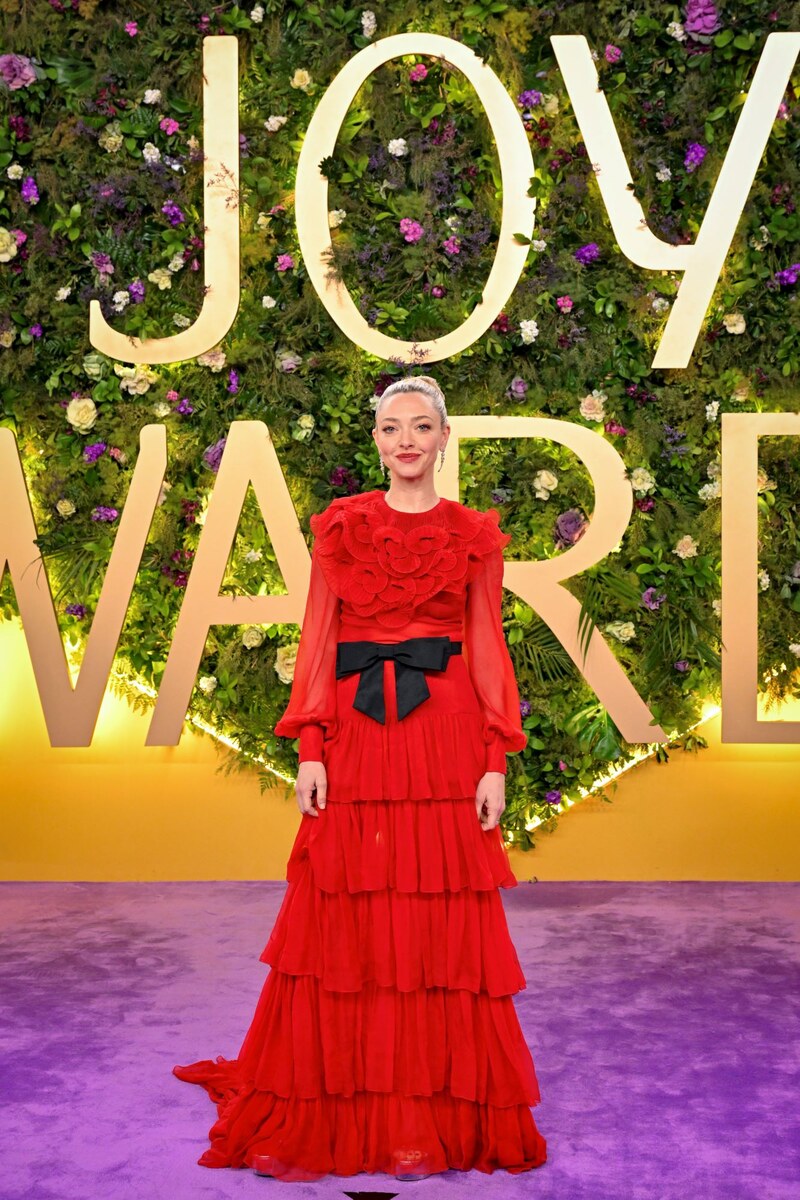LONDON: When Palestinian artist Mohammed Alhaj painted “Immigration” in 2021 with its dejected, displaced figures, he never could have imagined that he was depicting his own destiny. His family are now living as refugees after being forced to flee four times to escape the relentless Israeli bombing of the Israel-Hamas war.
His work is on show at P21 Gallery in London as part of the “From Palestine with Art” exhibition that runs until March 2.

'In Pursuit of Utopia' by Nabil Anani. (Supplied)
Curator Faisal Saleh, who has managed to make sporadic contact with Alhaj, said: “He told me he was in an agricultural area Al-Mawasi, west of Khan Younis near Rafah, living in a tent. There aren’t any facilities — there’s nothing outside apart from other tents. There’s no central water station or any sanitation — to get food and water they have to go to Rafah which is a 9 km walk, or on a donkey-pulled cart. The situation is very challenging in terms of basic safety. The scenes all around — seeing all that carnage and all the people being killed and the traumatized children — it’s an unbelievable situation to say the least.”
Saleh, a US-Palestinian businessman and founder and executive director of the Palestine Museum in Woodbridge, Connecticut in the US, gave Arab News a tour of the exhibition, which was first shown at the Venice Biennale in 2022.
He pointed out a wonderful 2020 landscape painting by Nabil Anani called “In pursuit of Utopia” — “that’s what Palestine used to look like,” he said. The scene of rolling fields and olive trees contrasts painfully with the scenes of carnage played on a loop on the large screens at the center of the gallery — a 26-minute film by journalist Roshdi Sarraj called “Bank of Targets” which documents Israel’s targeting of civilian infrastructure in Gaza in 2021. Sarraj, 31, was killed outside his family home in Tal Al-Hawa, a southern Gaza City neighborhood, on Oct. 22, 2023, in an Israeli airstrike.

Nameer Qassim's 'Enough.' (Supplied)
One of the most moving exhibits in the exhibition is the most simple. It shows two small bundles wrapped in kufiyas, the traditionally patterned Palestinian scarf, suspended by barbed wire. This 2020-21 work by Ibrahim Alazza is called “All That Remains.” The bundles represent the few possessions hastily thrown into a sack when people have to flee terror.
Artist Jacqueline Bejani spoke to Arab News about her work “Palestinian Portraits,” including images of poet and author Mahmoud Darwish, diplomat Leila Shahid and author and architect Suad Amiry. “These intellectuals, artists, writers and poets help create our identity,” she said.
A striking painting titled “Venetian Red” by Samia Halaby caught the eye. The renowned artist recently had her retrospective exhibition canceled by Indiana University’s Eskenazi Museum of Art. When asked about this, Halaby told Arab News in a Zoom interview: “Of course my cancelation is based on administrative influence from above. You can see the division all over the world. At first it was a big shock because we’d worked with the curators so harmoniously for three years. And what’s really sad is that we had prepared something very special.”

Samia Halaby's 'Venetian Red.' (Supplied)
In his speech at the packed opening of the London exhibition on Feb. 1, Saleh declared that he was angry about the way Palestinian artists are being shut out of the international arts scene. He told the crowd that the Venice Biennale rejected the collateral exhibition “Foreigners in their Homeland” put forward by the Palestine Museum US for this year. The exhibition was meant to be sanctioned by the Biennale as an official presentation but not staged as a national pavilion, according to Art News.
The Venice Biennale, which will begin in April, selected Artists + Allies x Hebron to present “Anchor in the Landscape.” This series of photographs by South African, Berlin-based Adam Broomberg and Rafael Gonzalez, features olive trees in Palestine. Saleh said that selecting the work of non-Palestinian artists over Palestinian artists was wrong.
There was applause when he said: “Mohammed Alhaj has survived 115 days of Israeli bombings but he did not survive the Biennale selection process, which is unfair.”
Referencing Edward Said’s 1978 book “Orientalism,” he said: “We are sick and tired of having foreigners speak for us because we are more than capable of curating our own exhibits and telling our story.”





























